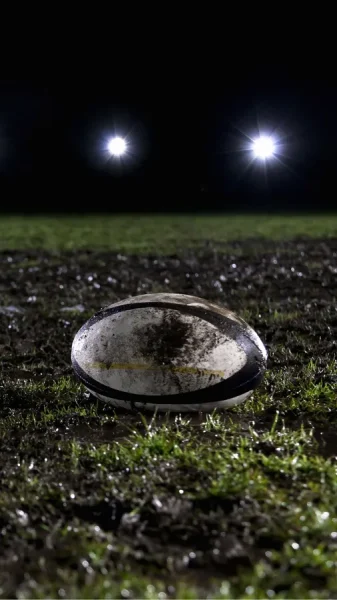Testing indicates high contamination levels in PHS water
Beginning in May, Professional Services Industries (PSI) tested 212 schools within Montgomery County Public Schools (MCPS) for lead and other contaminants in faucet water. Of the 212 schools tested, Poolesville High School had the most failed faucets in a high school with eight and Poolesville Elementary School had the most failed faucets of all MCPS with 11.
The Environmental Protection Agency requires schools to periodically test water quality for lead action levels that need to be less than or equal to 20 parts per billion (ppb) in order to be considered safe. Not only did the failed follow-up tests show still dangerous lead levels in the water, but they showed action levels far above 20 ppb, presenting a danger to people drinking the water (see photo.) Follow-up tests were conducted on faucets that failed original testing in order to ensure they were actually dangerous, rather than just a ‘fluke in the system’. At Poolesville High School, a sink faucet that originally showed 195 ppb and hasn’t been used recently showed a follow-up action level at 209 ppb, higher than the original. This faucet along with seven other dangerous faucets located in classrooms and kitchens have been shut off and are scheduled to be replaced.

“Compared to bottled water it doesn’t taste as clean,” sophomore Gina Miller said of the drinking water at PHS. While an overwhelming majority of students agree with Miller, saying the water at Poolesville tastes bad, physics teacher Mr. Dan Savino noted that Poolesville as a town has very hard water that is sourced from wells. This can have an impact on the way it tastes. Poolesville as a town has had a long, ongoing debate about the water taste and whether or not it has cancer-causing contaminants in it, however Savino added that the water students and staff drink comes from faucets that are well within EPA limits, and therefore is completely safe.
Lead in drinking water presents dangers to both children and adults, however children under the age of six are most highly affected by high levels of lead. According to the EPA, lead can stunt growth and lead to anemia, hearing problems, lower IQ and hyperactivity, and behavioral and learning problems. While lead rarely affects adults as severely as it affects children, the danger is still present. The EPA lists “cardiovascular effects, increased blood pressure and incidence of hypertension; decreased kidney function, reproductive problems (in both men and women)” as effects of lead on adults.
Contrary to popular belief, the age of the school does not play a direct role in contamination of the water. What creates lead contaminants in water is the piping leading to the faucet and the frequency of use of the faucet. According to Savino, sauder used in the pipes leading to faucets can impact the amount of lead that contaminates the water. Faucets that haven’t been used in weeks, months, or even years have a higher likelihood of having lead in them because the pipes haven’t been flushed with water in a while. These faucets are the ones with more dangerous levels of lead and more potentially harmful contaminants.

Kenna Krueger is a Senior in Humanities and this is her second year writing for the Poolesville Pulse, and first year as an editor. Her favorite sport...







